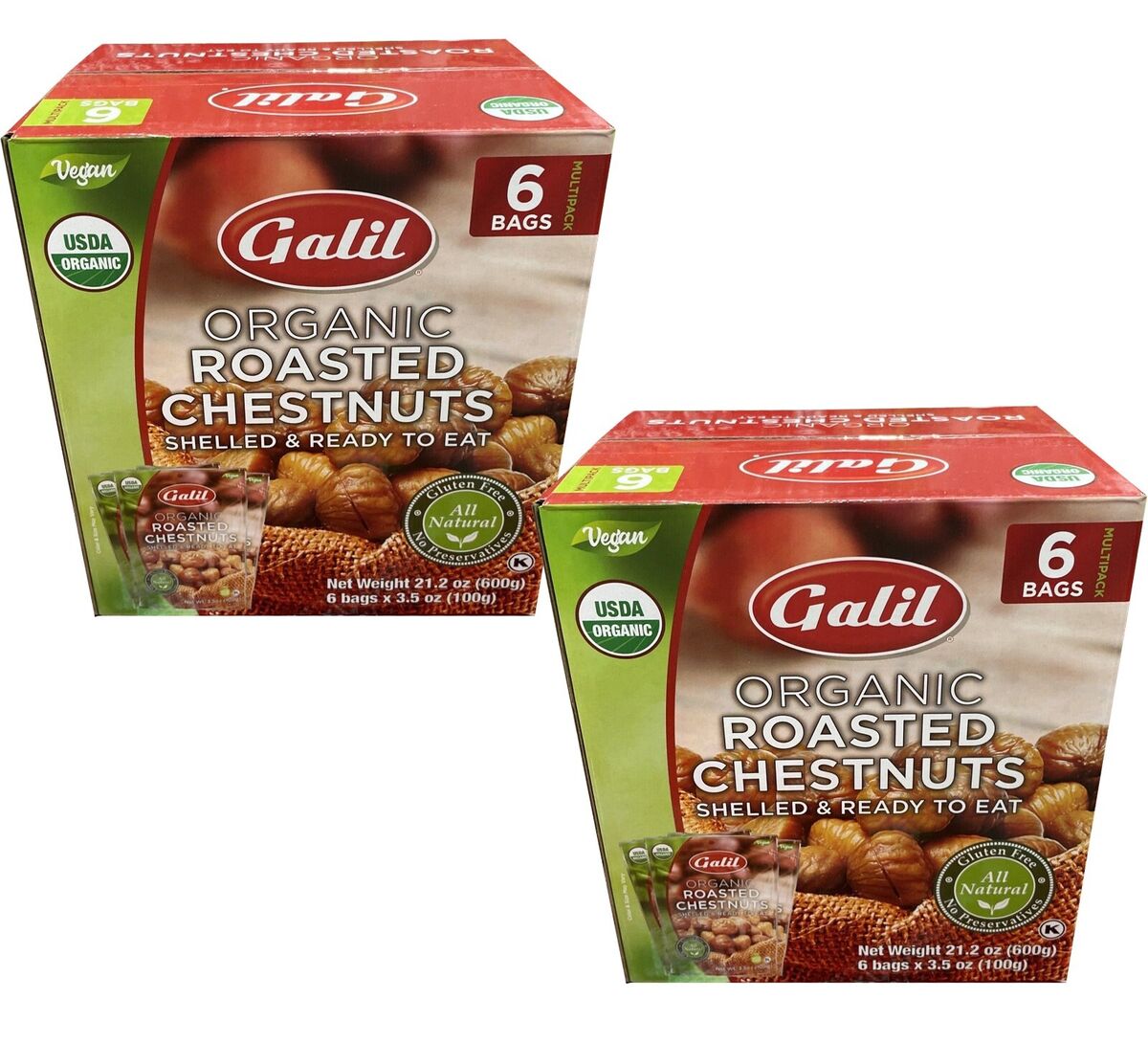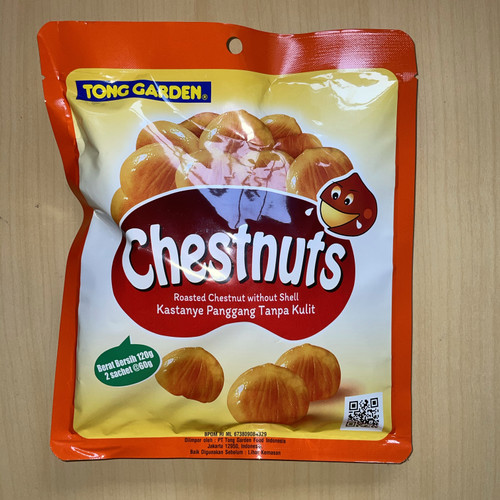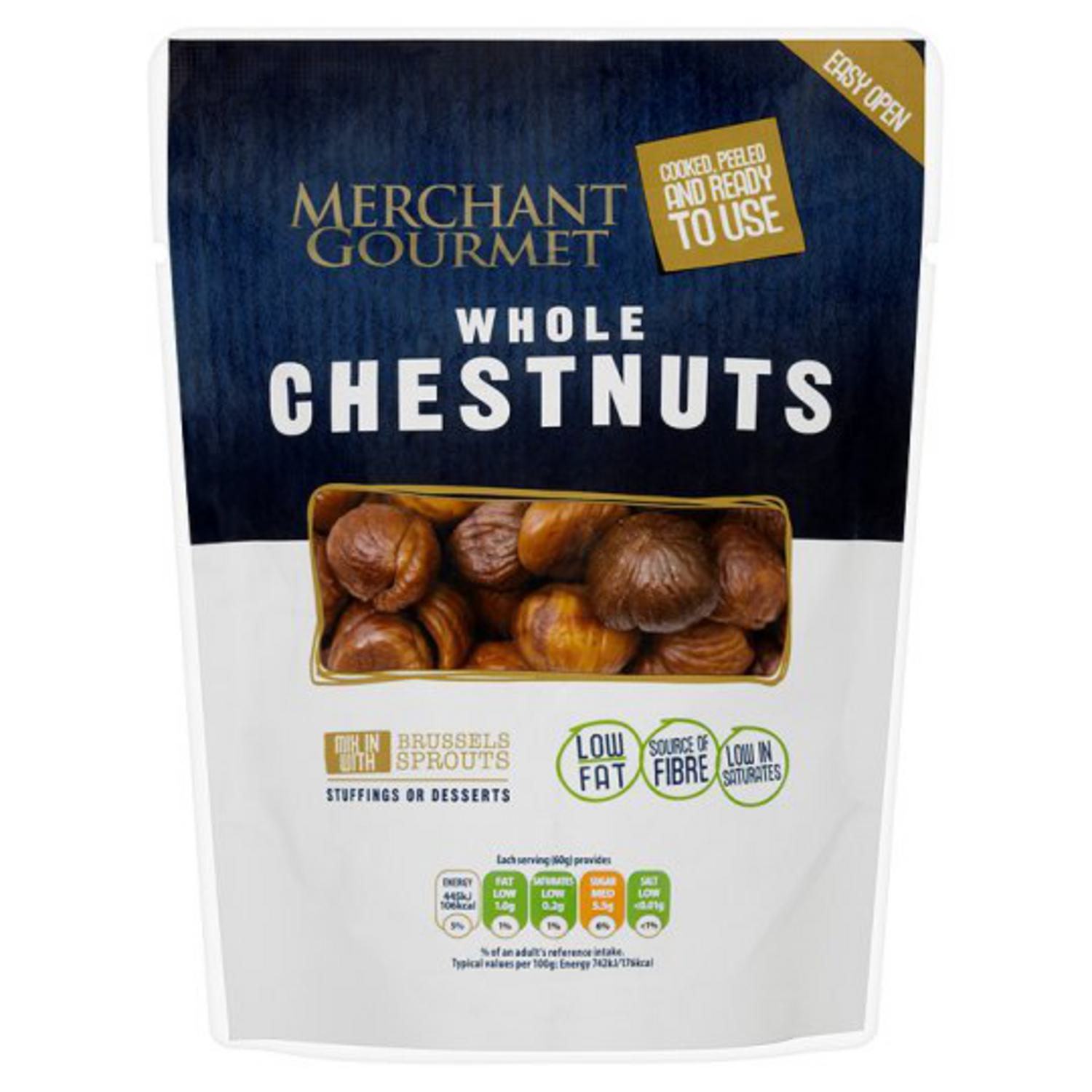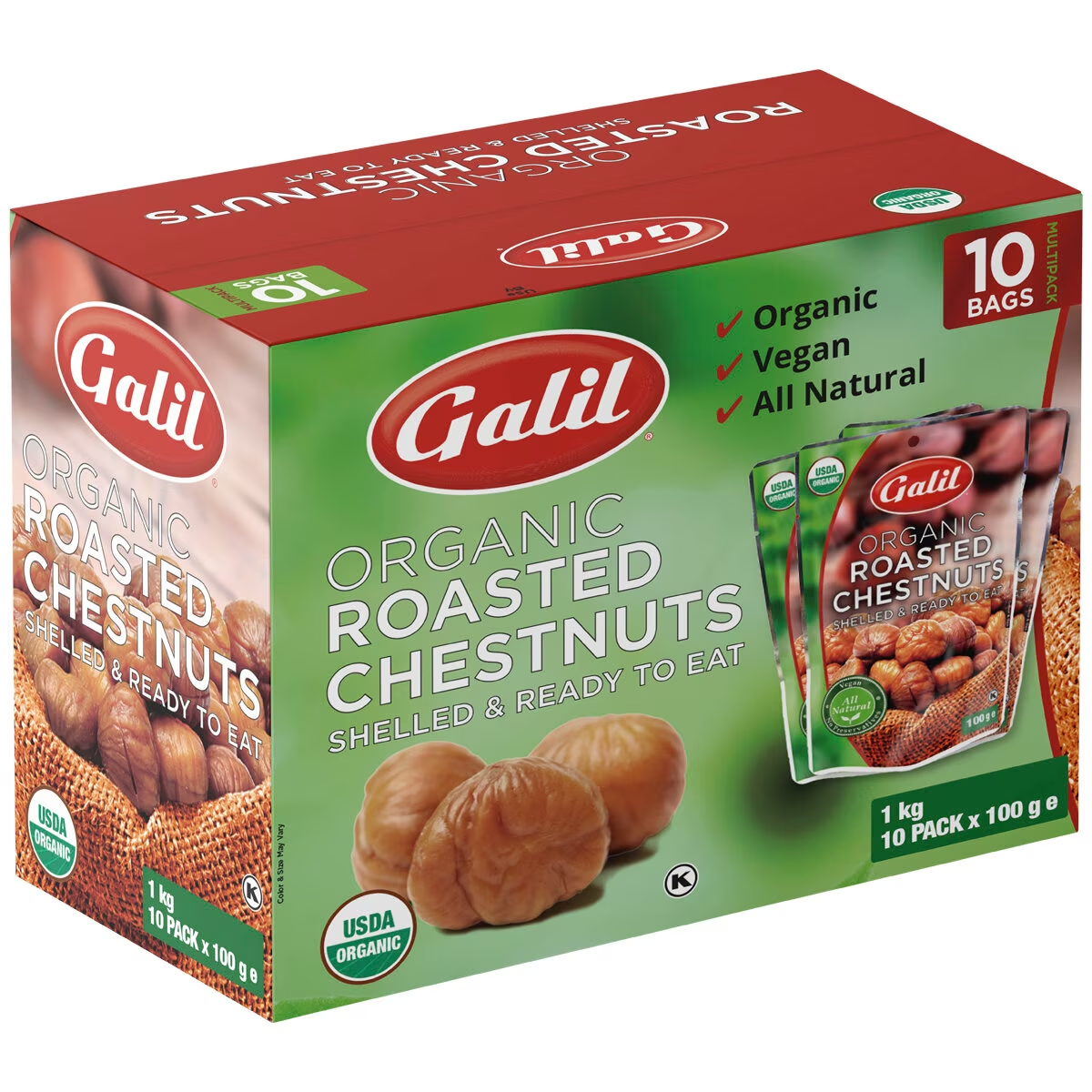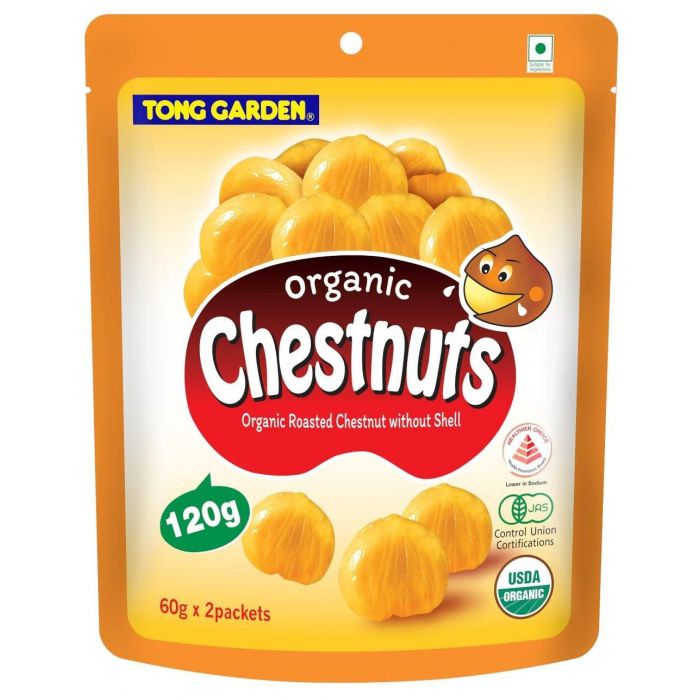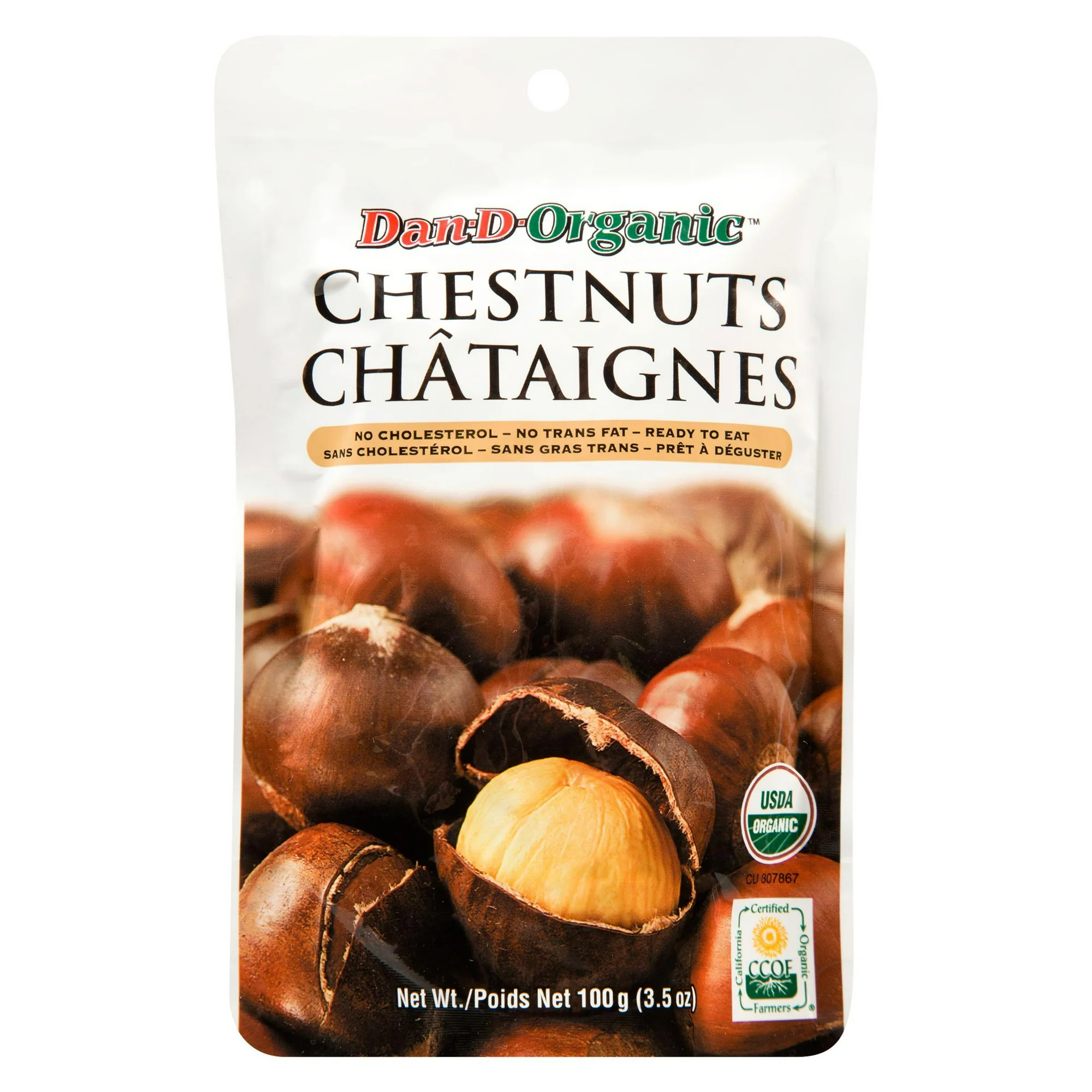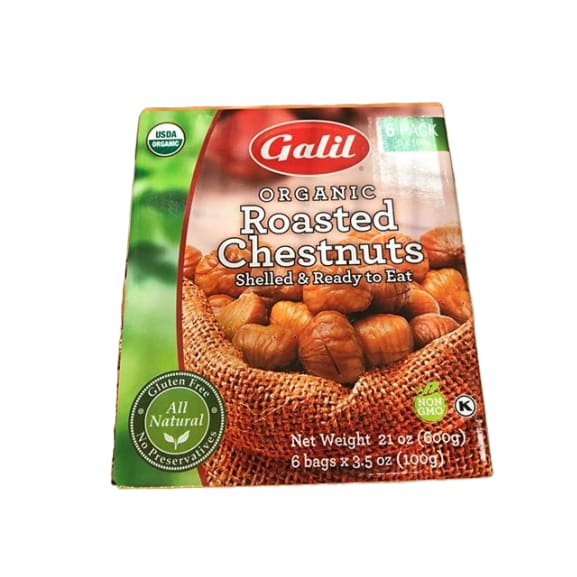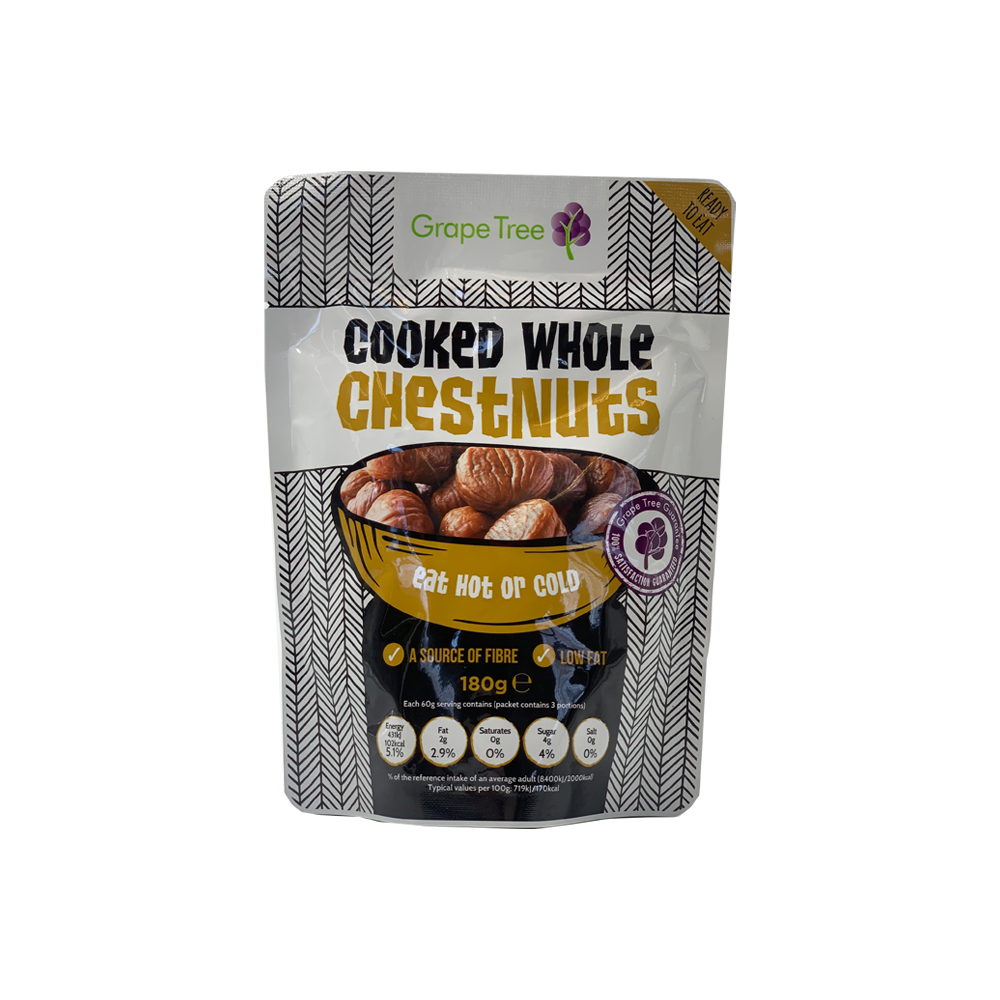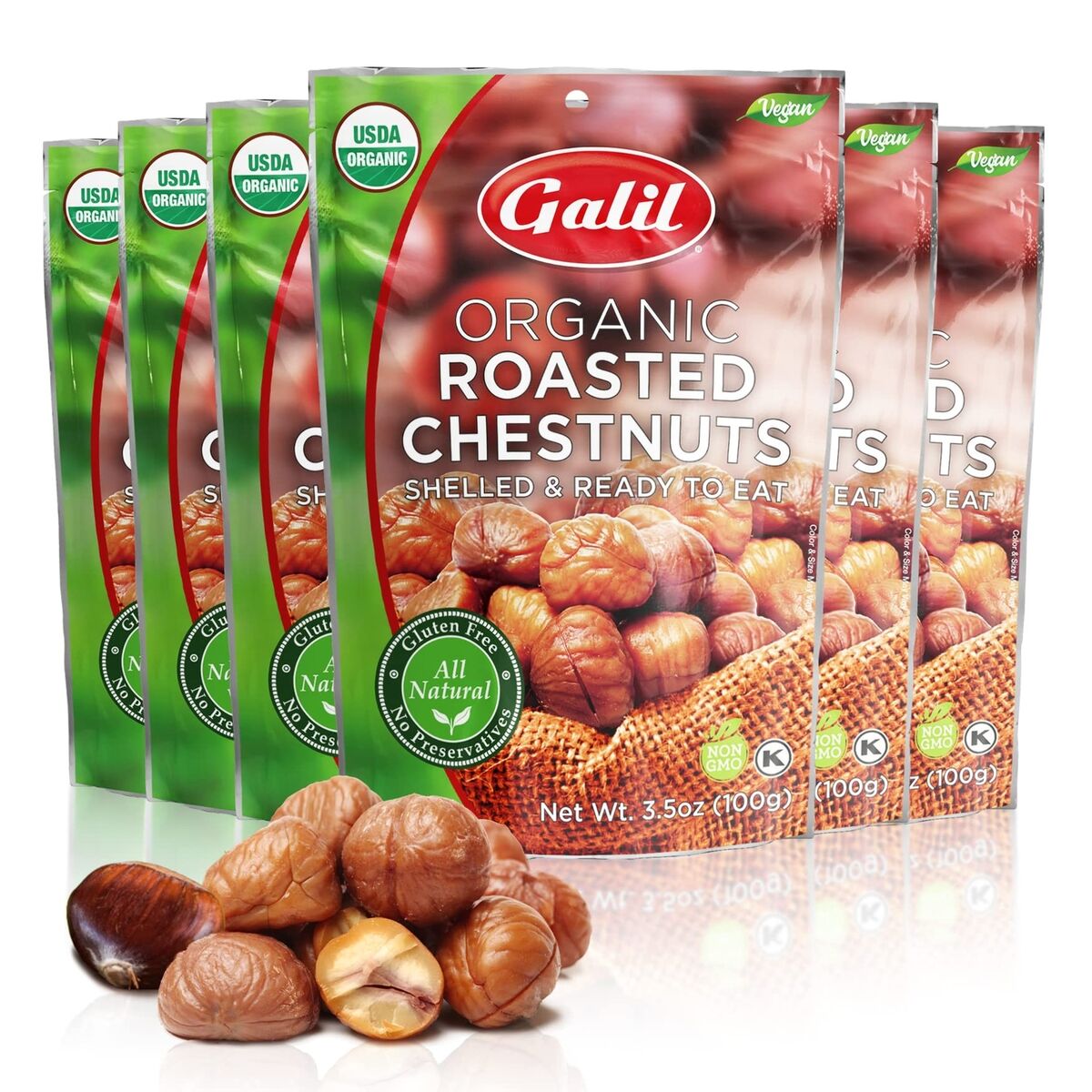Description
Chestnuts have long been cherished for their rich flavor and culinary versatility. Unlike many nuts, which are typically high in fat, chestnuts are lower in calories and contain a unique combination of carbohydrates and fiber, making them a healthy addition to a balanced diet. These edible nuts grow within spiny husks on chestnut trees and are traditionally harvested in the autumn months, when their earthy sweetness reaches its peak.
In culinary contexts, chestnuts can be enjoyed in various forms, from roasted chestnuts—often sold by street vendors in autumn—to chestnut flour, which can be used in baking gluten-free recipes. Their sweet, slightly nutty flavor pairs beautifully with a range of ingredients, enhancing everything from soups and stuffing to desserts like chestnut puree and mousse. Furthermore, in regions like Italy and France, chestnuts have become integral to regional cuisines, where they are celebrated in seasonal dishes and festive traditions.
Beyond their culinary appeal, chestnuts also hold cultural significance in many societies. In some parts of the world, they signify the arrival of fall and are a part of cherished holiday festivities. Additionally, chestnut trees are valued for their wood, which is durable and resistant to decay, making it a favored material in furniture-making and construction. As people continue to seek sustainable and local foods, chestnuts are regaining popularity, reminding us of the seasonal bounty that nature has to offer.

